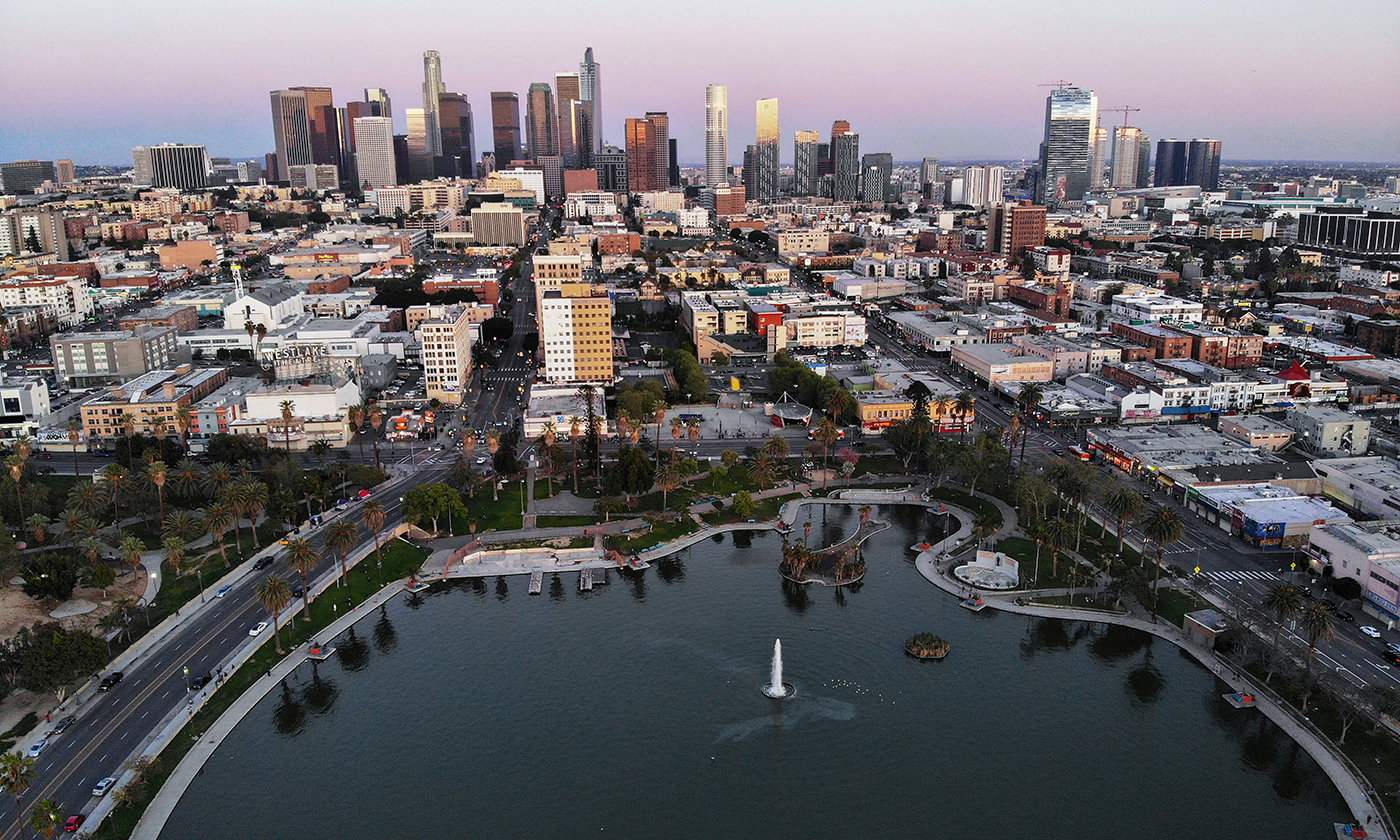Nineteen-seventy was a simpler time. (February was a simpler time too, but for a moment let’s think outside the pandemic bubble.)
Simpler because our environmental troubles could be easily seen. The air above our cities was filthy, and the water in our lakes and streams was gross. There was nothing subtle about it. In New York City, the environmental lawyer Albert Butzel described a permanently yellow horizon: “I not only saw the pollution, I wiped it off my windowsills.” Or consider the testimony of a city medical examiner: “The person who spent his life in the Adirondacks has nice pink lungs. The city dweller’s are black as coal.” You’ve likely heard of Cleveland’s Cuyahoga River catching fire, but here’s how New York’s Gov. Nelson Rockefeller described the Hudson south of Albany: “one great septic tank that has been rendered nearly useless for water supply, for swimming, or to support the rich fish life that once abounded there.” Everything that people say about the air and water in China and India right now was said of America’s cities then.
No wonder people mobilized: 20 million Americans took to the streets for the first Earth Day in 1970—10 percent of America’s population at the time, perhaps the single greatest day of political protest in the country’s history. And it worked. Worked politically because Congress quickly passed the Clean Air Act and the Clean Water Act, and scientifically because those laws had the desired effect. In essence, they stuck enough filters on smokestacks, car exhausts, and factory effluent pipes that, before long, the air and water were unmistakably cleaner. The nascent Environmental Protection Agency commissioned a series of photos that showed just how filthy things were. Even for those of us who were alive then, it’s hard to imagine that we tolerated this.
Read the story from Yes! magazine by Bill McKibben - “Earth Day Activists Wanted to Disrupt the Fossil Fuel Industry. The Pandemic Is Doing it For Them.”


No comments:
Post a Comment